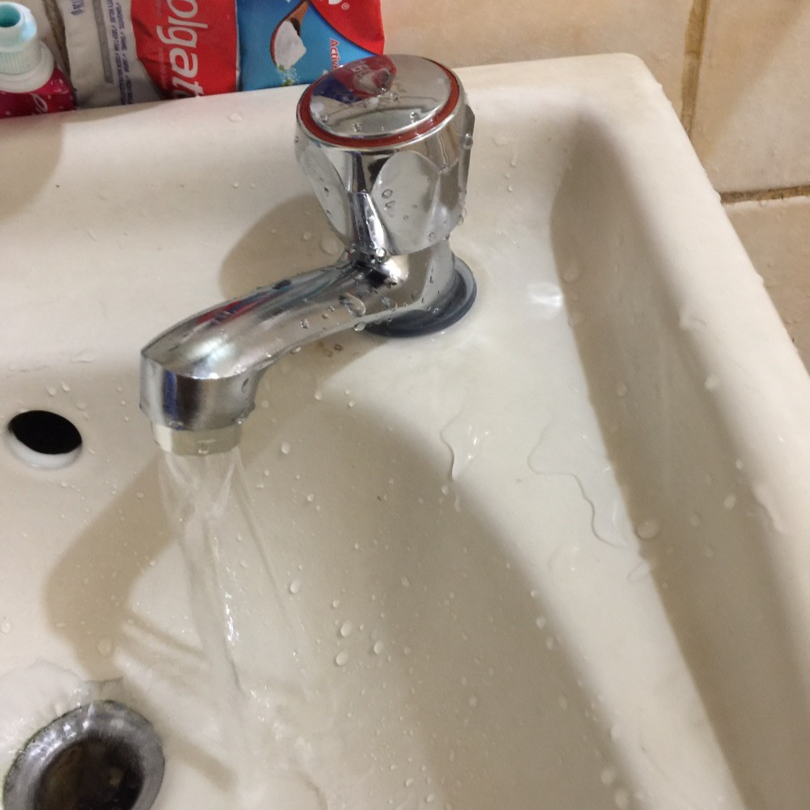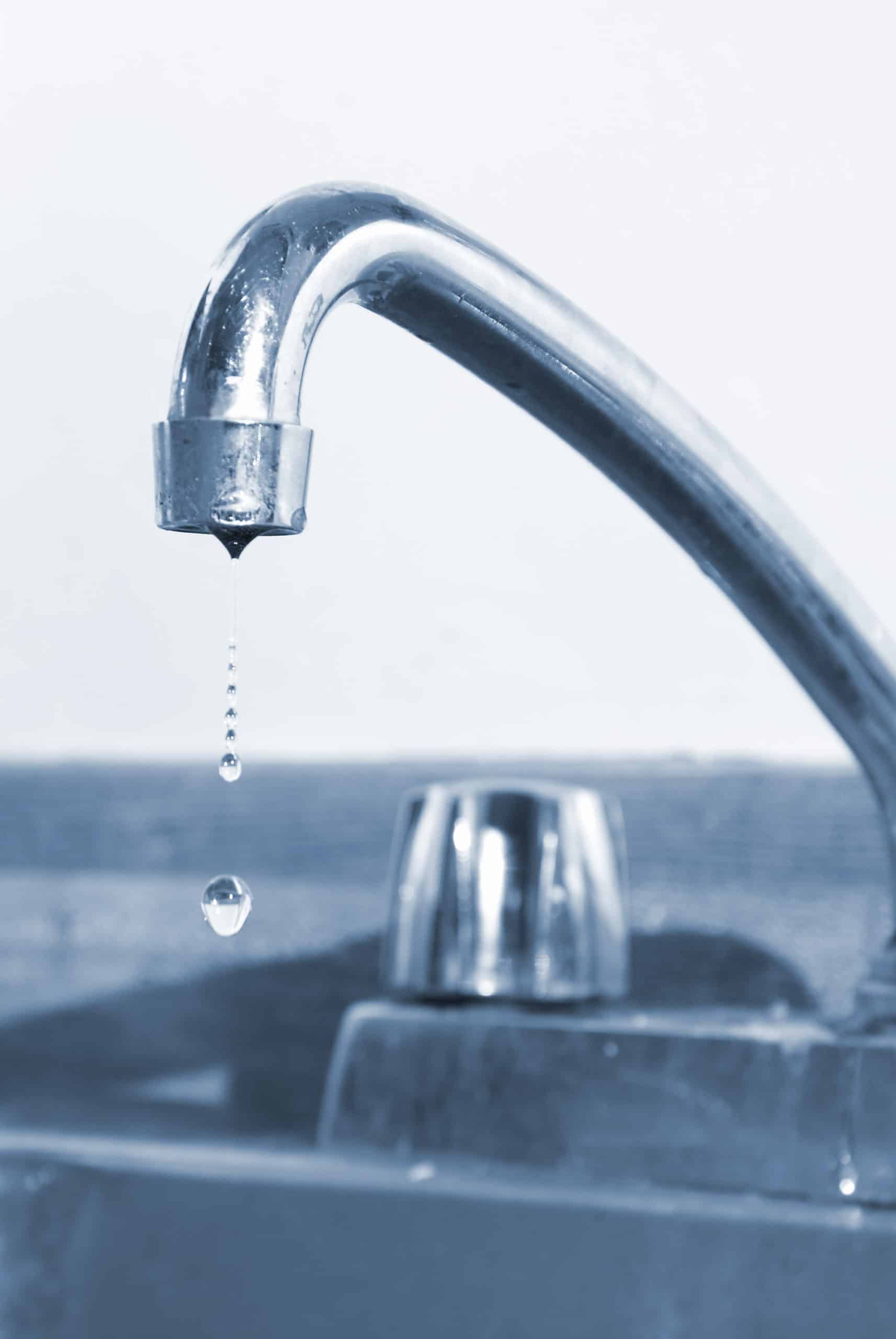Why It's Required to Resolve a Broken Faucet
Why It's Required to Resolve a Broken Faucet
Blog Article
Presented here on the next paragraphs you can find lots of great answers concerning Water Dripping from Faucet: Why and How to Fix.

Dripping faucets may appear like a minor hassle, yet their impact surpasses simply the inconvenience of the sound. From wasting water to sustaining unneeded monetary prices and wellness risks, neglecting a leaking tap can lead to numerous consequences. In this write-up, we'll delve into why it's essential to resolve this usual family concern without delay and properly.
Wastefulness of Water
Environmental Influence
Trickling faucets add substantially to water wastage. According to the Epa (EPA), a single faucet dripping at one drip per secondly can squander more than 3,000 gallons of water annually. This not only stress water resources but likewise affects environments and wild animals based on them.
Financial Expenses
Enhanced Water Bills
Beyond the environmental impact, trickling faucets can pump up water expenses significantly. The collected wastage with time translates into greater utility expenses, which can have been stayed clear of with prompt repair services.
Prospective Home Damage
Moreover, long term dripping can lead to damage to fixtures and surface areas bordering the faucet. Water build-up can trigger staining, deterioration, and even structural concerns if left neglected, resulting in extra fixing costs.
Health Worries
Mold and Mold Growth
The constant existence of dampness from a leaking faucet develops an ideal setting for mold and mildew and mildew development. These fungi not only compromise interior air high quality yet also posture wellness dangers, particularly for individuals with respiratory problems or allergies.
Waterborne Illness
Stagnant water in trickling taps can come to be a breeding ground for bacteria and other virus, enhancing the risk of waterborne diseases. Pollutants such as Legionella microorganisms grow in stagnant water, possibly resulting in serious ailments when ingested or breathed in.
Do it yourself vs. Professional Fixing
Benefits and drawbacks of Do It Yourself Repair Service
While some may try to repair a leaking faucet themselves, DIY repair work include their very own collection of challenges. Without proper knowledge and tools, DIY attempts can worsen the problem or bring about insufficient repair services, lengthening the problem.
Benefits of Working With a Specialist Plumber
Working with an expert plumber guarantees that the underlying root cause of the trickling tap is attended to efficiently. Plumbing professionals have the knowledge and devices to detect and repair tap issues efficiently, saving time and decreasing the risk of additional damages.
Step-by-Step Guide to Fixing a Dripping Tap
Tools Required
Before attempting to deal with a dripping tap, gather the essential tools, consisting of an adjustable wrench, screwdrivers, substitute parts (such as washing machines or cartridges), and plumber's tape.
Typical Tap Issues and Their Solutions
Identify the sort of faucet and the certain concern causing the drip. Usual problems include damaged washers, rusty shutoff seats, or faulty O-rings. Describe producer instructions or on the internet tutorials for detailed assistance on repair work.
Safety nets
Routine Maintenance Tips
To prevent trickling faucets, execute routine maintenance such as cleaning aerators, evaluating for leakages, and replacing worn-out components immediately. Furthermore, take into consideration setting up water-saving devices or upgrading to more efficient fixtures.
Value of Prompt Services
Attending to leaking taps as soon as they're discovered avoids more water waste and prospective damage, inevitably conserving both water and cash in the long run.
Impact on Property Value
Perception of Well-Maintained Building
Maintaining a property in good condition, including attending to upkeep issues like dripping taps, enhances its regarded value and value among potential buyers or lessees.
Impact on Resale Worth
Qualities with properly maintained plumbing fixtures, consisting of faucets, command greater resale worths in the realty market. Resolving dripping taps can contribute to a favorable perception during home evaluations and negotiations.
Ecological Responsibility
Private Payment to Preservation
Taking obligation for fixing trickling faucets lines up with more comprehensive efforts toward water preservation and ecological sustainability. Every individual's actions collectively make a considerable impact on preserving precious resources.
Sustainable Living Practices
By focusing on punctual repair services and adopting water-saving practices, people contribute to sustainable living practices that profit both existing and future generations.
Verdict
Resolving a trickling tap surpasses mere convenience; it's an essential action toward saving water, lowering economic expenses, and protecting health and residential or commercial property. Whether through DIY fixings or professional help, doing something about it to take care of leaking faucets is a tiny yet impactful means to promote accountable stewardship of sources and contribute to a healthier, much more sustainable future.
Most Common Reasons for a Leaky Faucet and How to Stop the Drip
Whether it’s your kitchen faucet leaking or a bathroom faucet leaking, one leaky faucet can waste anywhere from three to 30 gallons of water every single day. If the constant drip-drip-drip doesn’t get your attention, your water bill will. The good news is that, by following a few simple steps, chances are pretty good you can fix the problem yourself.
Why is it dripping?
Before you start taking things apart, let’s break down some of the most common causes of a leaky faucet.
Bad O-ring.
A cartridge is a valve that controls the flow of water into the faucet spout. On cartridge faucets there’s an O-ring—the little disc attached to the stem screw that holds the faucet handle in place. If it’s loose or worn-out, it can cause your sink handle to leak. Of course, the cartridge itself could be worn out. If that’s the case, make sure you replace it with the exact same kind.
Corroded valve seat.
The valve seat connects the faucet and the spout. If the leak seems to be coming from the spout, it might be because a buildup of water sediment has corroded the valve seat.
Worn-out washers or seals.
A leaky spout could be caused by a bad washer that rests against the valve seat. It’s just a matter of time before friction takes its toll. It could also be the wrong size washer or one that’s been installed incorrectly. Water sediments can also corrode inlet and outlet seals.
Water pressure.
If the faucet only drips now and then, or when you turn the handles a certain way, you should probably check your home’s water pressure.
Loose or broken parts.
The adjusting ring and packing nuts in the stream screw can become loose over time, causing your sink handle to leak. Try tightening or replacing the packing nut. If the leak is coming from the pipes underneath the sink, you probably have a broken pipe or fitting. If that’s the case, you should definitely call a plumber.
Know your faucet.
Faucets come in a variety of types. Each one has its own assembly—and its own possible causes of leaks. Learning about the four most common kinds of faucets will help you know how to take them apart and make any repairs.
How to stop a leaky faucet
Fixing that leaky faucet doesn’t have to take a lot of time, money, or expertise. It’s usually a simple matter of replacing a worn-out washer or gasket, a loose O ring, or another part. Chances are really good you can do this yourself if you follow these simple steps.
Shut off the water.
Before you tackle the faucet, cut off the water supply to the sink. There should be one valve for hot and one for cold. Hand-turn them clockwise with your hands till they close. If there are no valves under the sink, head to the basement and shut off the main water supply to the house. Then turn on the faucet until it empties out the water that’s still in the line and you’re ready to start. It’s a good idea to cover the sink drain with a plug or a rag so you don’t lose any small pieces and parts while you’re working.

I found that content on Should I Repair or Replace a Leaky Faucet? when scouting around the web. Sharing is good. Helping others is fun. I thank you for your readership.
Report this page